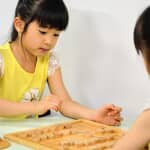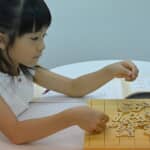Shogi 24 January 2017
An Interview with the President of Japan Chu Shogi (mid-sized Shogi) Association
We posted an article on Minase pieces the other day. Minase pieces were originally created for Chu Shogi (mid-sized Shogi), a Shogi variant, not for standard Shogi which is mostly played in the present time.
Chu Shogi was born in the era of Muromachi, and noble people mainly enjoyed it in the era of Edo. Compered to the current standard Shogi, Chu Shogi has more squares on its board and more pieces. Also, the rule of reusable pieces (the drop rule) is not applicable. These are notable features of Chu Shogi.
Today, we, I-tsu-tsu would like to introduce a standard Shogi lesson for children and also Chu Shogi lesson concurrently held in Shimamoto Town, Mishima County, Osaka Prefecture. This town is famous for manufacturing Minase pieces, and working for revitalization of the town by permeation of Minase pieces to the world.
I, Kanamoto, had an interview with Yutaka Takeda, the president of Japan Chu Shogi Association.
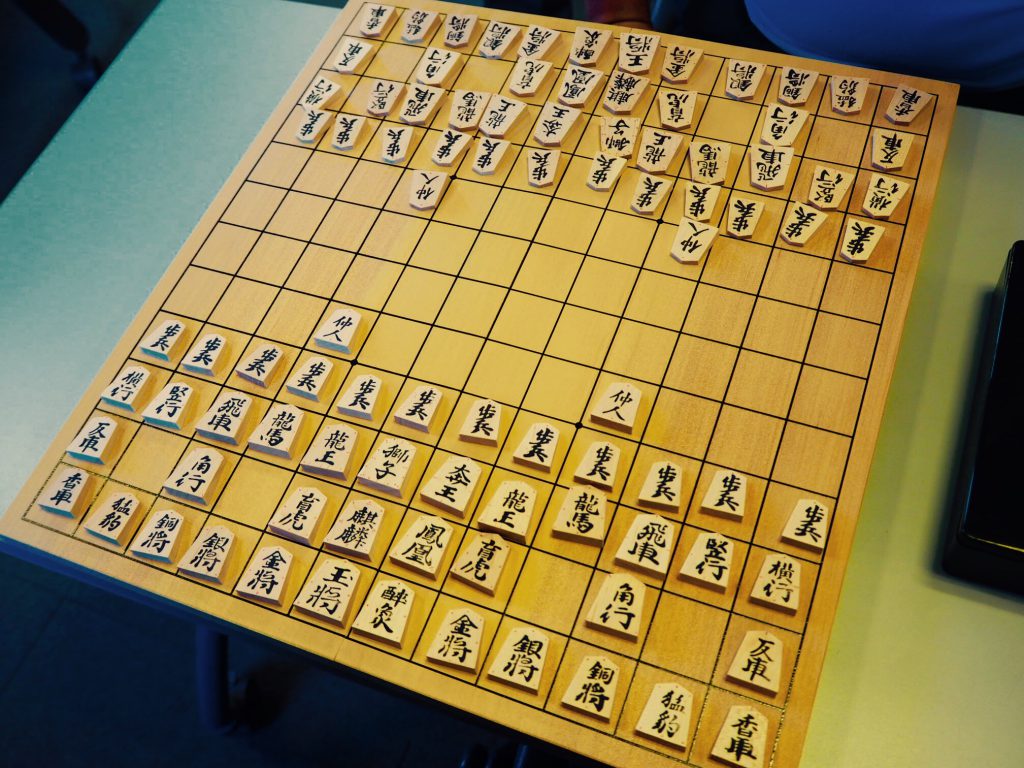
Kanamoto: It is my first time to see Chu Shogi.
Takeda: I think this Chu Shogi class is a rare opportunity to actually touch Chu Shogi board and pieces since these tools are not available on the market currently.
Kanamoto: What is difference between Chu Shogi and standard Shogi?
Takeda: There are quite a few differences between them except the games’ goal which is to checkmate the opponent’s Ou (King) or Gyoku (King).
First of all, Chu Shogi uses a board of 12×12 squares and a total of 92 pieces with 21 varieties. “Naru (promotion)” is also applicable to Chu Shogi, but unlike standard Shogi, pieces get promoted when they enter the fourth rank (row) from the opponent’s end. Also, even after your Ou is captured, you can still continue if Taishi (Prince) which is promoted Suizou (Drunk elephant) remains on the board, since Taishi can replace Ou. It is an interesting rule, isn’t it?
Kanamoto: I see. It seems hard just to learn the initial piece setup and piece-moves with such many pieces, but I find many interesting pieces besides Suizou.
Takeda: Yes, you are right. There are many pieces such as Chunin (Go-between), Kirin, and Mouko (Blind tiger) which you don’t find in standard Shogi. Among those many pieces, strong pieces are Honou (Free king) and Shishi (Lion). Honou moves like Queen of chess, and Shishi can move as twice much as Ou of standard Shogi.
Kanamoto: That sounds fairly difficult. I heard that today’s Chu Shogi class is open to even to elementary school students, but can elementary school children actually play Chu Shogi?
Takeda: Yes, they can. Initially, of course, children need the piece-move instructions beside the board to play. However, they fully learn the piece-moves and rules as they come to class several times.
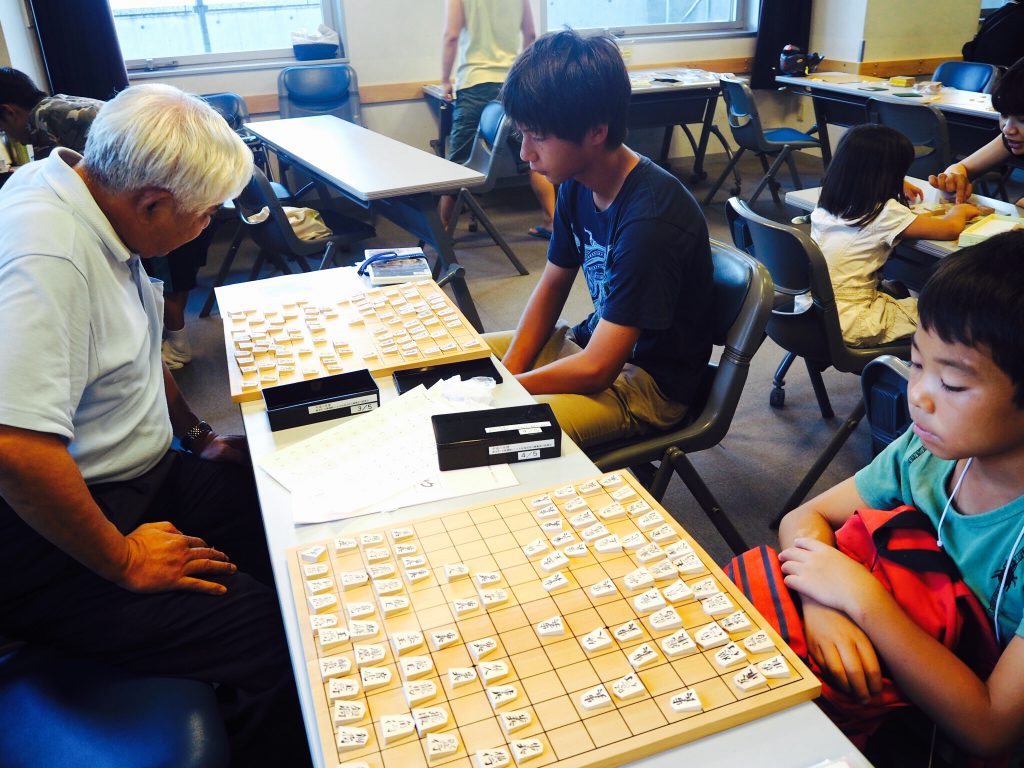
Kanamoto: It seems quite hard just to set up pieces. How long does it take to complete a game?
Takeda: It would take about two to three hours if both players are adults. It takes about twice as long as standard Shogi to decide victory or defeat.
Kanamoto: I see. What is an interesting element of Chu Shogi as a game?
Takeda: I would say that players’ skill gap is less obvious in Chu Shogi. There are about 100 Chu Shogi players in Japan, and some of them are professional players of standard Shogi. Surely, those professional players are strong in Chu Shogi as well as standard Shogi, but skill gap is less apparent since the rule of reusable pieces is not applicable to Chu Shogi. An American person won in our annual national tournament once.
Kanamoto: You have a national tournament. What is the population of Chu Shogi players? Also, how can those participants in the tournament study Chu Shogi since the tools are not available on the market as you mentioned earlier?
Takeda: Approximately 20 people participate in our annual tournament. I agree that there are fewer opportunities to actually practice with Chu Shogi board and pieces. However, many players study and practice on the websites due to the Internet prevalence.
Kanamoto: It would be nice if Chu Shogi gets to be recognized like standard Shogi taking today’s class as a good opportunity.
Takeda: Chu Shogi was just about to die in the World War II. Nevertheless, with great efforts of Yasuharu Oyama, a professional Shogi player, some pros started to show interests in Chu Shogi. Of course, it will take some time, but I think that Chu Shogi is getting recognition gradually.
We showed Chu Shogi at Game Market 2016 held at Tokyo Big Sight the other day. We are very happy that many people showed interests in Chu Shogi there.
After the interview
Though it was held on weekday afternoon, over 50 children and parents gathered for the standard Shogi/Chu Shogi class in Shimamoto Town.
Children started playing Shogi even before the class. An old man, an instructor, was playing against a junior high school boy. Another instructor seriously engaged in a game against father who accompanied his child. I really felt that this was a Shogi town.
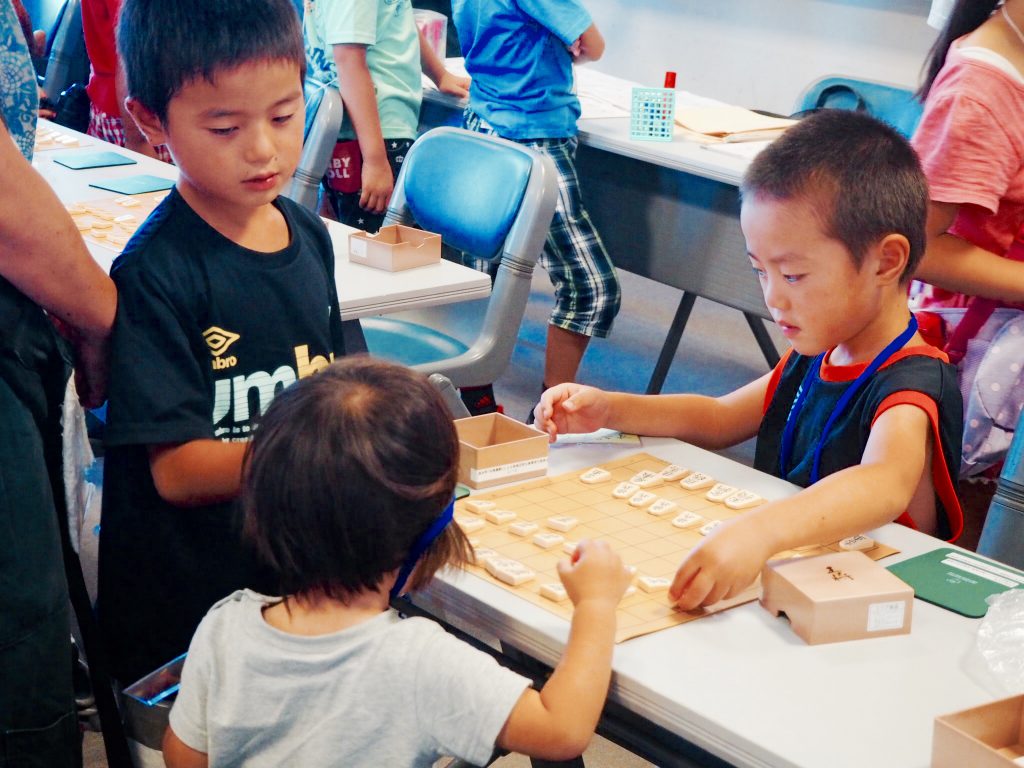
What I found especially impressive was a talk of Mitsuru Nanri, a certified Shogi instructor of Japan Shogi Association, and helped the class as an instructor on that day.
The below is his comments.
One of the serious issues to permeate Shogi among children is that there are not enough middle-aged instructors who should connect the elderly and children.
Nowadays, fewer children play Shogi than those of old days, but quite a few children still play even now. However, the number of Shogi classes has shown a drastic drop. We used to stop by at Shogi classes to play Shogi for a few hours after work on the way home. Lately, people play Shogi on the Internet at home since they have at least one PC.
We used to teach children Shogi strategies while we played together with them in Shogi class. Recently, however, we seldom have such opportunities, and retired aged people teach children instead of our generation.
However, I think that we should work as a bridge to link the elderly and children to pass down Shogi as traditional Japanese culture.
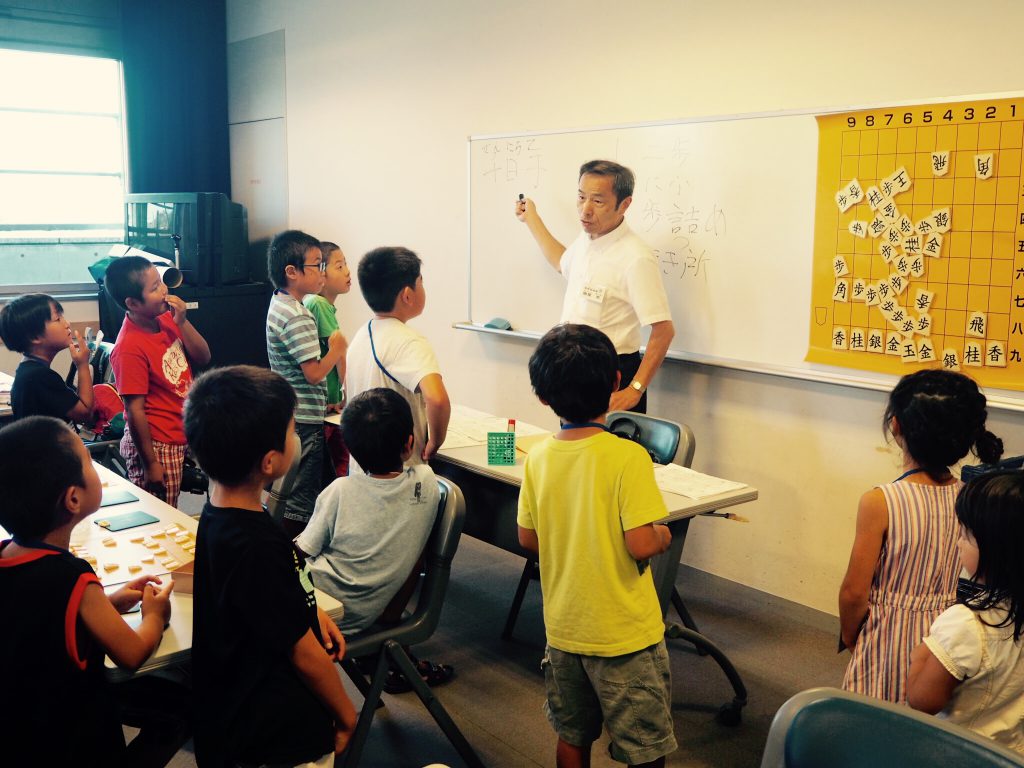
I-tsu-tsu is a very young company founded just last year, and we are now pursuing our mission to deliver charms of traditional Japanese culture to children. Though we admit that there is some uncertainty about our future, we reconfirm our mission and vision to pass down Shogi to the next generation.
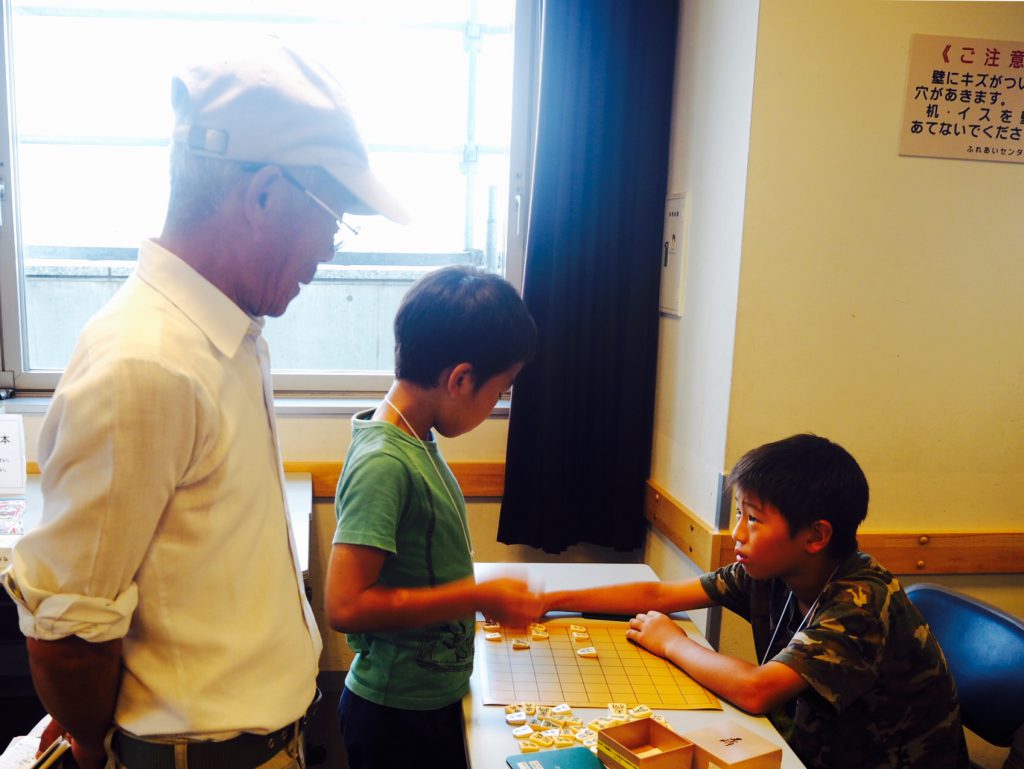
Finally, I should mention about Midori Nakata. Thanks to her, we could have this interview. She is a regular reader of our blog and a member of Shimamoto Town regional activation project committee with the use of Minase Shogi pieces.
Nakata-san offers a place for children to play Shogi, prepares comic books on Shogi for them, and introduces our blog. I realized that people like Nakata-san support us as I saw her works on various matters for children to enjoy Shogi.
We would like to express our sincere appreciation to Nakata-san and the staff members in Shimamoto Town regional activation project committee with the use of Minase Shogi pieces for the precious experiences.
